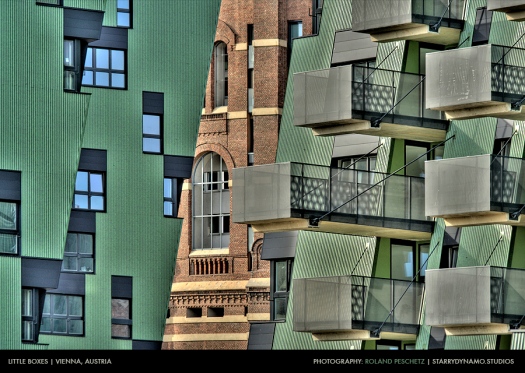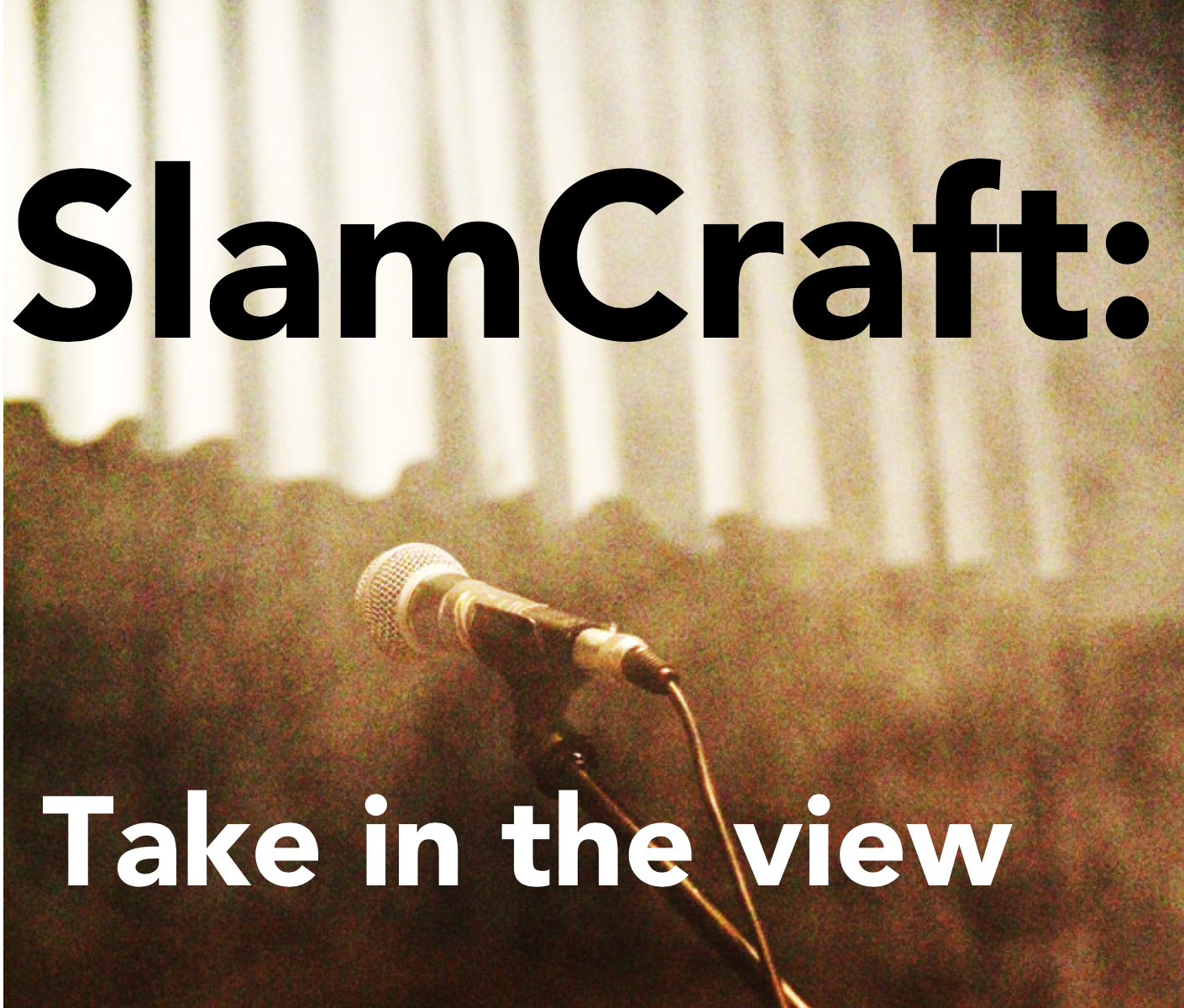In the Slamcraft series, I’m passing on some of what I’ve learned about Slam poetry (or any poetry which is performed live). Today I’m inviting you to consider the form that we’ve chosen to work in, and try to figure out where it is positioned in relation to other literary forms and movements. In straightforward terms: stick your head out of the box; have a look at what’s around you; take in the view.

Since the 1950s, innovative poetic practices have flourished. In his introduction to The Norton Anthology of Postmodern American Poetry, Paul Hoover discusses the various avant-garde movements which have aimed to renew poetry through strategies which are initially shocking, but eventually replace mainstream approaches and become ‘normal’. Apprehending this pattern in the influence of the Beat poets, the New York School, Black Mountain poets and aleatory poetics, Hoover reasons that the recent “performance poetry and language poetry will influence mainstream practice in the coming decades”. [1]
At the beginning of the twenty-first century, another innovative practice has emerged in the form of spoken-word poetry. Spoken-word is a double agent, which simultaneously presents itself as an avant-garde movement and a nostalgic reclamation of ancient oral traditions. On the one hand, it presents a challenge to the academy: it exists outside the limitations of traditional print media, sidesteps editorial selection and evaluation processes, shoots straight for popularity and sometimes exceeds the reach of its print counterparts through new publishing avenues (Abe Nouk’s performance on The Australian Poetry Slam channel has over 33K views – what publisher wouldn’t be pleased with so many ‘reads’?). On the other hand, the materials of spoken-word poetry are as old as the hills, such that anyone and everyone can ostensibly engage with it. Some poets make explicit this project of reviving orality as a form of self-expression that they think modern society sorely needs, taking on the role of bardic storyteller, epic poet (as in Kate Tempest), or Carribean-influenced ‘toaster‘.
With its demotic culture appealing to mass audiences, spoken-word poetry has either been ignored or heavily criticised by academics. Consequently, we have a developing or partial academic vocabulary at best, with which to discuss it. One of my aims as an honours student in 2006, and as an emerging poet now, is to develop a more complete poetics of spoken-word. I am interested in the conditions, techniques and poetic devices of spoken-word poetry, which I often find to be intriguingly different from the page-oriented approaches which have dominated scholarship. We cannot come to an understanding of the significance of spoken-word poetry, in relation to contemporary movements, without the critical tools to apprehend it.
To return to Hoover, I do not believe that spoken-word, if it is a new and innovative form of poetry, poses any threat of eventually replacing ‘mainstream’ approaches. However, I do think it has the potential to enter and enhance the existing schools of poetics, which are already so varied in Australia. Spoken-word deserves a legitimate place alongside other contemporary movements, if not merely for its popularity, then for its fascinating combination of the ancient with the avant-garde.
Sign up to read more on the poetics of spoken-word and slam poetry techniques.
See more in the SlamCraft series on writing poetry for performance.
[1] Paul Hoover, introduction to Postmodern American Poetry: A Norton Anthology, New York: W.W. Norton & Company, 1994, pxxv.
Title image: “microphone” by TOM81115 is licensed under (CC BY-NC-SA 2.0). Text added.

